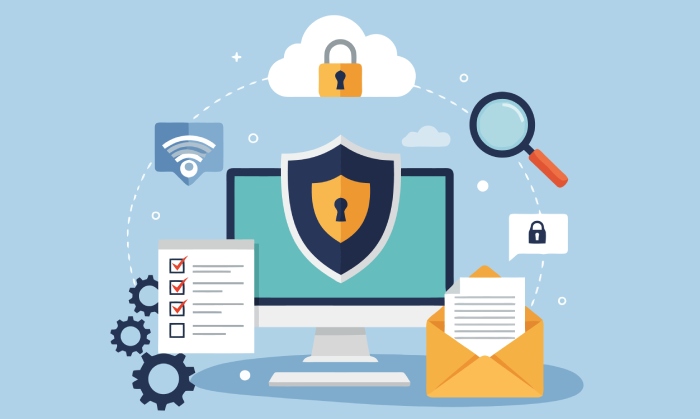Phishing is a pretty straightforward scam. Get victims to click on a link they shouldn’t. In that regard, hackers never stop evolving and coming up with clever new ways to trick victims into clicking. And it seems they’ve done it again.
The trick of course is to make a malicious URL look legitimate. In that endeavor, hackers are now using the date to make phishing URLs look normal. According to an article on PCMag website, “Scammers have been incorporating the date into their malicious internet domains to help them spoof legitimate websites.”
According to computer expert Terence Eden, who first noticed the phishing attempt, “he was surprised that the URL contained the letters ‘jan02,’ or the same date the message was sent to his wife. This helped the message look even more convincing.” This is really nothing more than a sophisticated variant of, domain name spoofing a top phishing tactic.
Phishers will try every tactic imaginable to get you to click on a legitimate-looking link. And eventually they will convince you. So, how do you protect yourself from this tactic and whatever new tactic the hackers come up with in the future? By using technology that doesn’t get tricked into clicking as humans do.
The trick to detecting these clever phishing emails is to actually click on the malicious links, but do so in a place where it can’t do any harm. It’s akin to a bomb squad detonating a bomb in one of those bomb blast containers. The bomb goes off but it’s in a place where it can’t harm anybody.
The equivalent of the bomb blast container for phishing emails is cloud-based email security software from Phish Protection. It works by rerouting email meant for you, to their cloud-based server, where the software “clicks” on the links in the email and follows them to the where they point. And if any link should point to a phishing website, that email is quarantined and never hits your inbox. And Phish Protection does all that in a fraction of a second, so you don’t even notice it happening.
If you want to stay safe from this new phishing tactic (and whatever the scammers come up with next), check out Phish Protection. It sets up in minutes, doesn’t require and hardware or software and costs only pennies per user per month. Try is risk free for 30 days.


